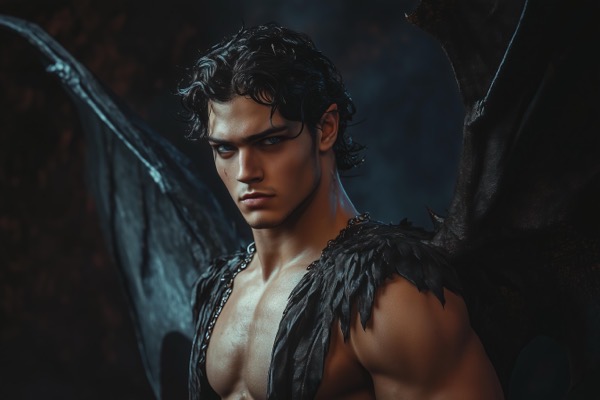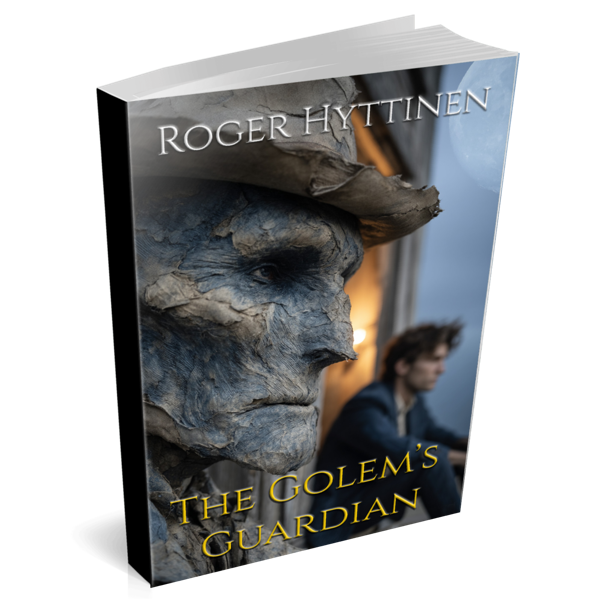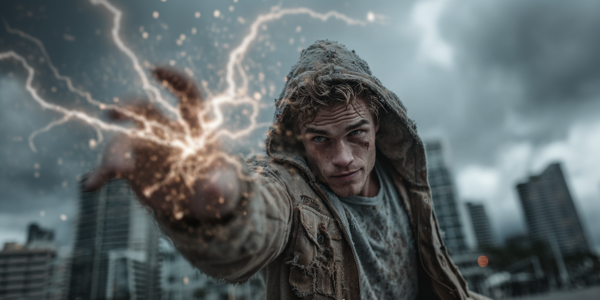Who Would You Call First in a Supernatural Crisis?

We’ve all done it — you’re sitting on the couch, half-watching a paranormal documentary and half-scrolling your phone, when suddenly you think… “If my lights flickered right now and my dog started growling at an empty hallway, who the heck would I call?” And of course I don’t mean 911. I mean fictional men who have experience dealing with pissed-off spirits and mysterious ancient curses. So yeah, I’ve spent an embarrassing amount of time ranking popular guys from movies and TV to determine exactly who would get that panicked late-night call. (It’s research. Totally legitimate writer research.)
First guy that immediately came to mind was Dean Winchester from Supernatural. You know he’d answer his phone even if it was 3:37 AM because that man literally doesn’t sleep. He’d probably grumble “what did you do this time?” before even saying hello, but then he’d grab the keys to the Impala and be at my front door in four hours flat with rock music blaring and a trunk full of salt rounds, iron crowbars, and holy water. I feel like he wouldn’t even need the backstory — I could just point at the creepy antique mirror and he’d be like “yeah… that thing’s cursed” and immediately smash it. Five stars for efficiency, though negative one star for probable property damage.
That then reminded me of Fox Mulder (The X-Files). Love Mulder with all my nerdy heart, but let’s be honest — if I called him first, I’d end up getting abducted by aliens halfway through his five-hour PowerPoint presentation explaining why the poltergeist in my kitchen is obviously a government conspiracy. He’d bring up crop circles and Roswell before we even stepped into the living room. Very enthusiastic, though. If I want moral support and complicated theories about why a ghost might haunt a waffle iron, Mulder’s definitely the guy. But if I want something actually banished, I’d probably save him as my “third option” emergency contact.
And then there’s John Constantine (the Matt Ryan version, not the Keanu Reeves one — though I’d honestly call Keanu for a different kind of crisis if you know what I mean). Constantine would absolutely show up in a rumpled coat smelling faintly of cigarette smoke and regret. He’d roll his eyes at the situation, mutter something Latin under his breath, and casually kick a demon back through a portal while insulting it. The downside here is that Constantine always has, like… baggage. He might fix the situation, but I’d be left wondering if I now owe a favor to some random Hell lord. Risky. But if things are crawling out of the walls and speaking in tongues? Yeah, I’m texting Constantine.
Now if we’re talking pure emotional support plus spirit-punching capability, Geralt of Rivia (The Witcher) is actually a solid contender. Sure, he might not answer his phone (because, uh, medieval fantasy setting) but if I could summon him with a coin toss or whatever, he’d probably handle a demon like it was mildly annoying breakfast prep. Also, Geralt is unfazed by literally anything. I could point at a floating corpse in my kitchen and he’d just grunt, nod once, and start brewing a potion with random herbs from my spice rack. Also, major bonus: he brings his own sword. No Jeep full of gear necessary.
One guy I’d absolutely not call first is Jonathan Harker from Dracula. Listen, love him to bits, but the man nearly lost his mind over a few vampire brides and couldn’t even get out of a castle without having an emotional breakdown. I feel like he’d just faint if a ghost whispered in my doorway. He’s a solid support character but not your “first on the scene” guy.
Another one I would call? Egon Spengler from Ghostbusters. Not Peter. Not Ray. Definitely not Venkman. Egon is the secretly competent one. He’d show up with stacks of notes, gently place scientific sensors around the house, and quietly trap the ghost without a single dramatic speech. Then he’d mutter something deeply scientific about ectoplasmic density, hand me a containment unit, and politely leave. Honestly? Kind of perfect.
And of course, Blade (yes, the vampire hunter). He’s probably not great with ghosts, but if the supernatural crisis involves bloodthirsty immortal creatures, he’s my first call. He’d scowl at me for being stupid enough to invite a vampire in (“I thought he just wanted coffee!”) and then he’d calmly decapitate the problem before disappearing back into the night. Efficient. Zero small talk.
So if I had to rank them? Constantine first if it’s definitely demonic. Dean Winchester if it’s a vengeful spirit or haunted crayon drawing. Geralt if it’s some sort of ancient cursed entity that requires sword-based diplomacy. Egon if the house just needs high-tech ghost eviction. Mulder if I need moral support and wild conspiracy theories. And absolutely never Jonathan Harker unless I want someone to panic with me in matching Victorian nightshirts.
Anyway, I feel like everyone should have a “supernatural crisis phone tree.” It’s just practical. You never know when a cursed doll is going to blink at you from the bookshelf, and trust me — you don’t want to start scrolling through your contacts at 2:00 a.m. trying to decide between “demonologist” or “witcher.”

When Brooklyn librarian David Rosen accidentally brings a clay figure to life, he discovers an ancient family gift: the power to create golems. As he falls for charismatic social worker Jacob, a dark sorcerer threatens the city. With a rare celestial alignment approaching, David must master his abilities before the Shadow’s ritual unleashes chaos—even if using his power might kill him. The Golem’s Guardian
Who Would You Call First in a Supernatural Crisis? Read Post »






